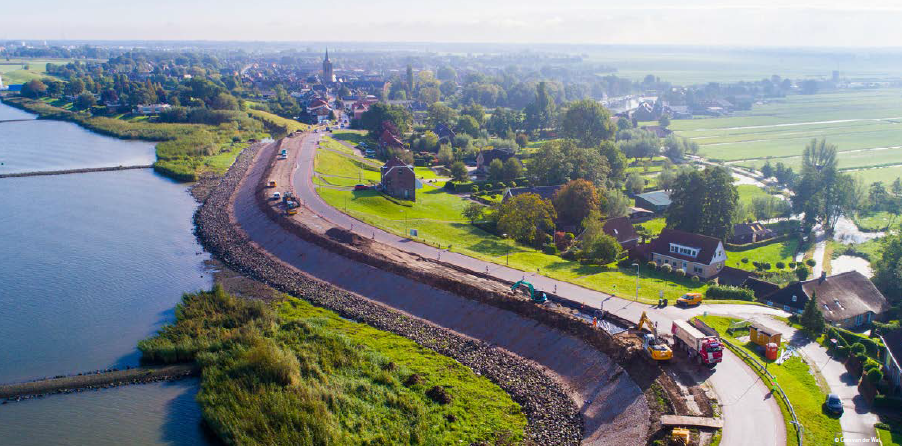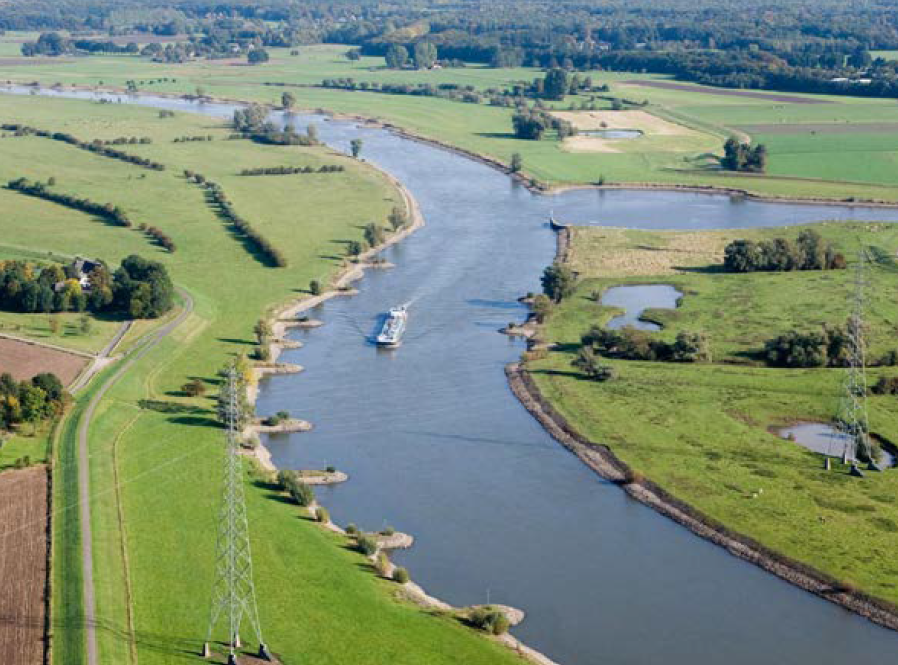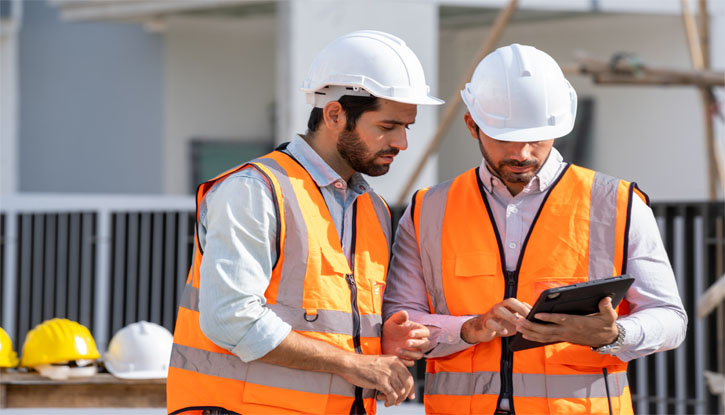published on 18 April

Due to the Dutch Key registry of the Subsurface Act (BRO), a wealth of information regarding the Dutch subsurface is available through the BROloket portal. Whether you seek insights into soil types or groundwater levels, all pertinent data is consolidated in one convenient location, accessible to all.
Since January 1, 2018, the Key registry of the Subsurface Act has been instrumental in systematically collecting extensive data on the subsurface. The Key registry of the Subsurface serves as a centralized repository of reliable data and information on the Dutch subsurface. Public authorities record standardized data for easy access and reference. From this central digital hub, users can seamlessly retrieve information on soil and subsoil, enhancing decision-making processes.
As urban sprawl expands upon our soil and subsoil, effective policy and management are important. The Netherlands leads as the first country to regulate subsurface mapping by law, mandating administrative bodies to both provide and utilize subsurface data. One of the key benefits is that this enebles us to utilize this data for a Digital Twin of the underground.
The BRO aims to significantly enhance the provision of subsurface information by consolidating data generated by public institutions. It is obligatory for anyone undertaking governmental assignments to utilize the BRO, ensuring comprehensive and standardized data usage. Moreover, the BRO continues to expand as more measurement data is incorporated, enriching its utility over time.
As the digital landscape evolves, so too does our understanding of the subsurface. With the BROloket portal, exploring Dutch subsurface data has never been more accessible or enlightening. From geological models to real-time dynamic data.
Next tot that, we are facing significant societal challenges, in which the subsurface plays a important role. Over the past years, Sogelink has actively contributed to the Basic Registration of Subsurface (BRO), for example with providing a Digital Twin of the Lekdijk, collaborating with other stakeholders to solve complex issues using subsurface data.

We have integrated this knowledge and experience into a comprehensive 50 pages e-book called “The Ground Beneath Our Feet”. Download it here for free to learn more about the BRO:
Sogelink supports the digitalisation of the construction and public works sector. With this, we simplify and enhance the complete value chain of construction projects, both on-site and in-office, by offering our clients solutions that utilize the finest aspects of the industry, technology, and standards. We do this for example with our Check Before You Dig (CBYD) solutions, which exists of preventing utitliy damage and seamless collaboration between network managers and excavators.
Preventing utility damage
Our CBYD solutions enable you to access underground data prior to commencing any excavation project. With our solutions, you remain informed about the exact location of underground utilities, aiding in precise project planning and execution.
Seamless collaboration
Sogelink promotes collaboration between utility network managers and excavators, ensuring a seamless and efficient workflow. For instance, our solutions facilitate effective communication, reducing the likelihood of accidental damage.

Sogelink is recognized as the reference actor, setting industry standards and facilitating compliance with regulations. Download our flyer and find out more about digging safely, complaint with the CBYD regulations, in the Netherlands!

Be a game changer and contact us today to take the next step in soil management: